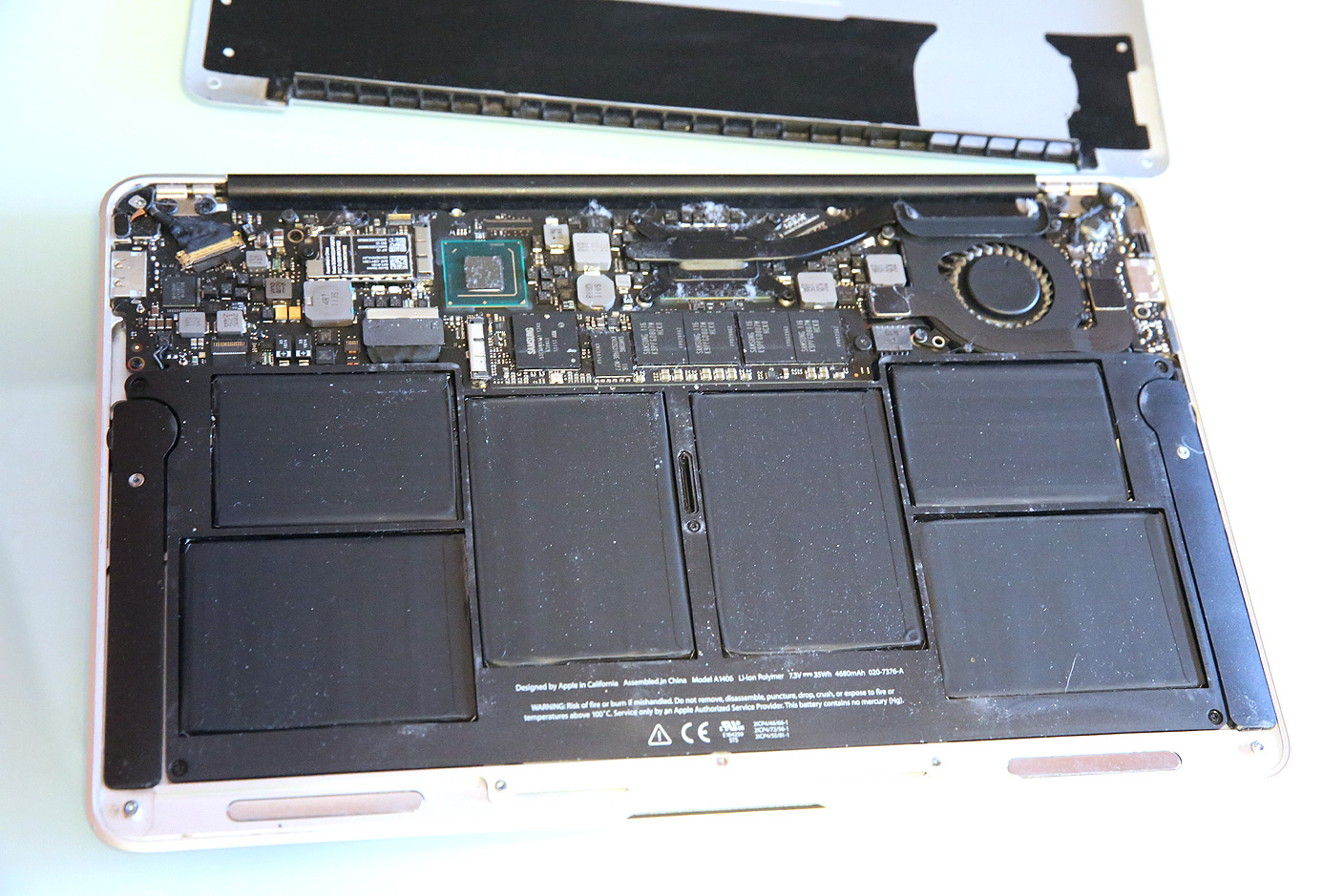

I did it the second way because the optical drive was gone on my Mavericks ran mind-blasting fast with the fusion drive. (Blame one if I am wrong, but a substitution of the hd a primary boot disk is possible with newer iMacs) Add the ssd atop the hd using a dedicated interface OR 2.
Format a ssd for mac in late 2011 upgrade#
if you are running Mavericks and willing to upgrade to Yosemite, DO THIS PRIOR ANY HARDWARE CONFIGURATION CHANGE. If you are running Yosemite it will be o. What you can do is to add a ssd and merge it with the hd into a fusion drive using Apples on-board tool residing within the disk utility. Your idea is charming, but does not work with your system. You should read the excellent visual Tutorial from iFixit for replacing the HDD (Link is for my Model, check your Model before attempting to follow it).Ĭonclusion: even though it's a PITA, i never regretted doing it. Annoyingly some of the Frames have Screw-Slots in which the Apple Srews do not fit. In order to fasten the SSD, usually in a 2,5" Format, into the internal 3,5-Slot of the iMac you need a Frame for the SSD. ' HDD-Fan Control' or 'iStat-Menu‘ and others. You can counter that effect with an additional Software to control the Fan speed, f.e. The result: the OS will turn up the Fan speed to a maximum, which is annoyingly loud. Other HD or SSD will not have that, so you cannot connect the Heat-Sensor to the Mainboard. Apple uses a non-standard 3-Pin on the Hitachi HD to access the Heat-Sensor build into the Drive.

You will encounter Problems with the Heat-Sensor. have more than 8GB (on 10.10) - the more the better. You can expect a significant Performance increase when starting Apps or saving Data, but overall-performance is depends on you RAM size too. Here are some points from my Upgrade of my old iMac (late 2009, Model 10,1, #A1312)


 0 kommentar(er)
0 kommentar(er)
